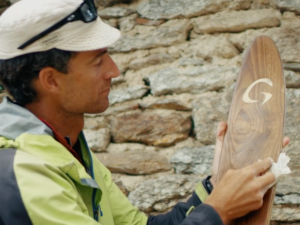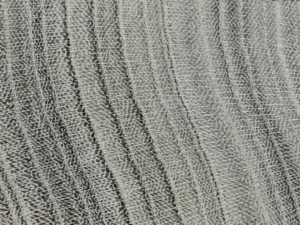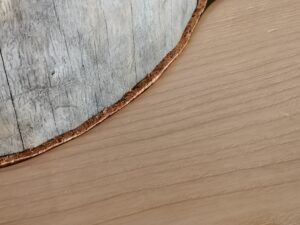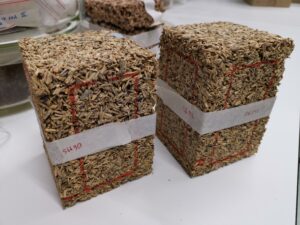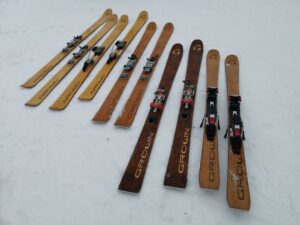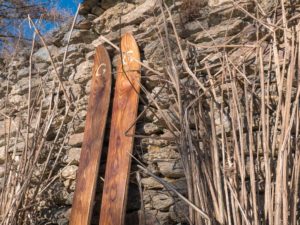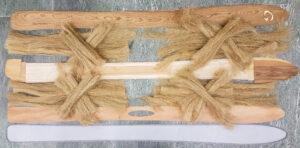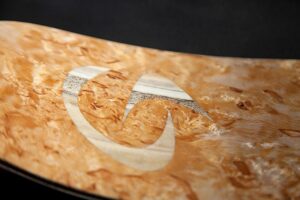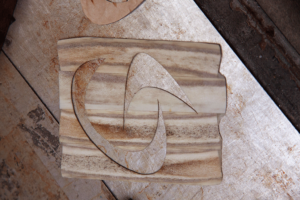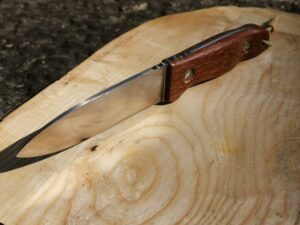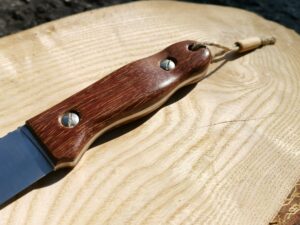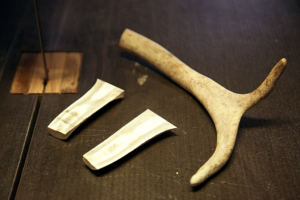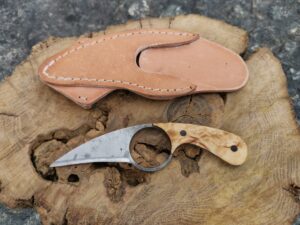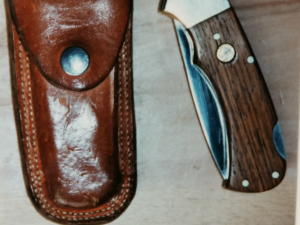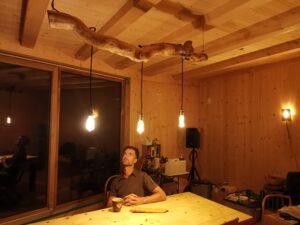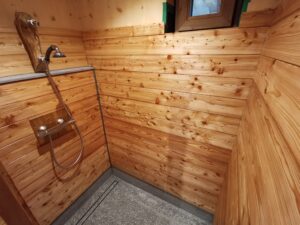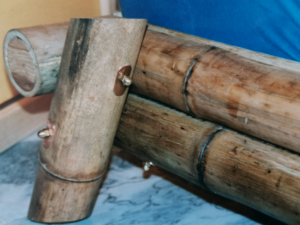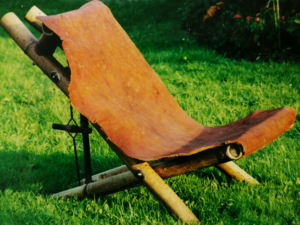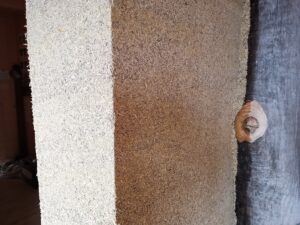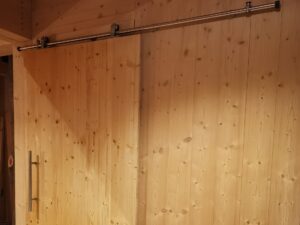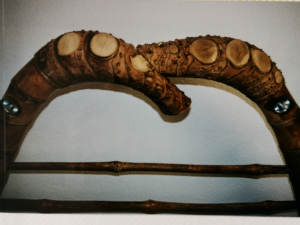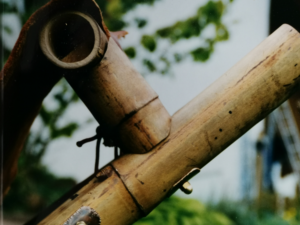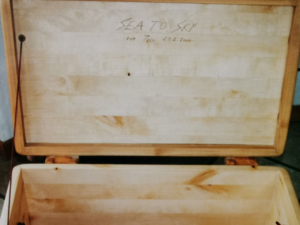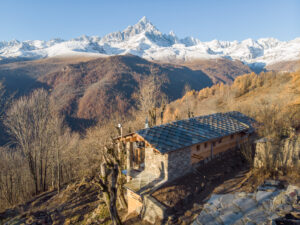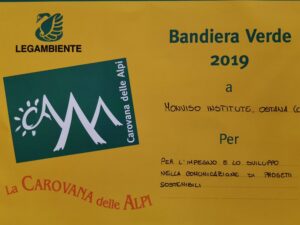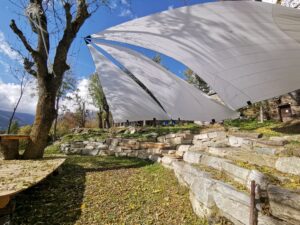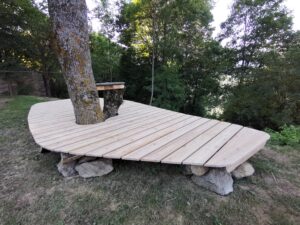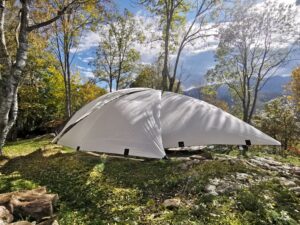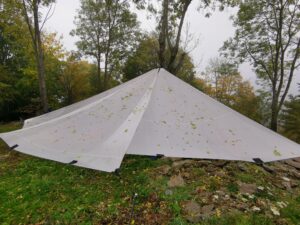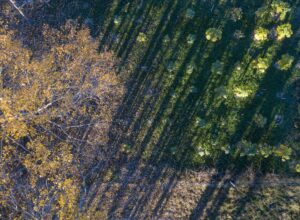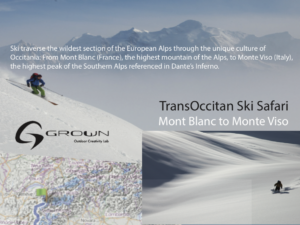I practice Design.
I advocate a holistic understanding of design. It goes way beyond aesthetics, form, function, and graphics, or design thinking.
Design is expressed intention through interactions and relationships.
Design is more than creating interventions and solutions to address a need or a problem. Its practice entails envisioning, planning and prototyping, iteration (repetition), and sense checking to create artifacts (products), services, experiences, communication, or visions of the future. To do this well we need to learn to let life, place and culture speak to us in ways that ensure that our designs are place sourced and in alignment with life’s regenerative impulse in the places where the design ‘goes on designing’. This holds not just for products and services but for the intricate connections between buildings, landscapes, regional economies, (adhoc) communities, supply chains, and others.
Design for me is Systemic.
Systemic Design is science-based creative dealing with complexity for advancing pathways towards regenerative systems.
Systemic design integrates systems thinking and design, with the intention to better cope with complexity. Systemic design intents to develop methodologies and approaches that help to integrate systems thinking (e.g. causality, interconnectedness, circularity, synthesis) with design (e.g. ideation, prototyping, iteration) at ecological, social, technical and economic levels. It is a pluralistic initiative where many different approaches are encouraged to thrive and where dialogue and organic development of new practices are central.
I attempt to learn to Design as Nature.
Nature has 3.8 billion years of design experience. Here we find the best of inspiration, illustration, pathways.
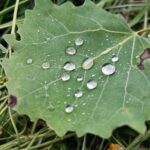
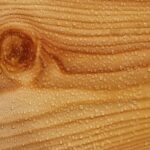
Guided by Systemic Design principles.
Principles guide design processes. Questions activate cooperation.
Design with carbon. Use low tech & high brain. Design across scales. Circularity. (...)
Nature is the best teacher.
Based on science and through designerly practice by the Grown design lab and the MonViso Institute, we developed a set of guiding principles to inform design planning and reflexive iteration. The principles are informed by how nature designs, and related to trans-scalar spiral design across governance scales, zooming in and zooming out to encounter for systemic relations. The principles can be used in the form of questions, which allow for greater cognitive inclusion.
I teach Systemic Design for Regeneration.
Future Design skills and cultures include the capacities to design across nested governance scales, alongside multiple types of circular flows, science based, and towards regenerative systems.





I Design for circularities within nested systems.
The didactic of trans-scalar spiral autopoietic complexity provides guidance for design towards regeneration.
This trans-scalar spiral design graphically expresses the autopoietic relationships between governance scales and their circularities of nested systems. This spiral feedback logic captures cyclical growth and emergence across nested scales as a recursive process, while highlighting the continuous reciprocity of flows within scales. Autopoietic systems are capable of reproducing and maintaining themselves, producing more of their own complexity than the one produced by their environment.
In designing regenerative communities and economies, the regional scale is of the ideal size and diversity to generate the highest impact by leveraging interscalar interaction through maximized resource access and optimized space-harvest. The eight-scaled autopoietic spiral embodies a conceptually and visually simple, yet rigorously complex understanding of how a resilient regenerative economy and society-nature system would naturally evolve – guiding the discourse on how we should plan, design and govern in the future.
A common functional pattern occurring throughout nature, the Fibonacci spiral's intrinsic expansion and compression qualities present parallels in understanding regenerative systems. In physics, spirals emerge at lowest-energy configurations that self-organize in dynamic systems; in chemistry, spirals evolve as reaction-diffusion processes that promote activation and inhibition; in biology, spirals optimize spatial usage and resource access; in cultures world-wide, spirals symbolize creative growth, power of life and spiritual awareness.
Green Chemistry
Here shown is the annual growth ring wood cell structure of locally grown Laburnum alpinum, a very dense and tannin-rich wood I like to design with. The second photo shows a comparison of fish protein glue with and without tannin powder
(reddish color), and its dissolving time in water.
Protection through natural waxes, oils and tannins
Protein based natural adhesives
Embedded carbon equivalents, assessed by life cycle analysis (lca)
Products
I design and build skis since 2008, winning three leading industry awards at ISPO Munich. I teach ski and knife building.
Grown hemp ski design movie trailer
Wood basalt fibre composite skis / ISPO industry eco design award 2008
Hemp fibre composite skis / two ISPO industry awards for eco design and ski innovation 2018
Arctic change skis, using e.g. Arctic coal for illustrating human influence on Arctic change
Circular knives, made from recycled saw blades
A knife handle from upcycled Mahagoni wood
A knife sheath from chrome free leather, sewn with self-grown raw hemp fibers, and glued with fish protein glue
Food design boards, light composites with protein-tanin glues
Hand-sewn leather sandals with recycled neoprene cushioning and adjustable straps
Climbing chalk bag from leather
Knife sheaths from leather, hand-sewn, various
Interior & furniture design
I have been designing and building furniture since my study times at University.
Organic spiral stair case from onsite grown hardwood types at Il Doppio, MonViso Institute
Room separating hempcrete wall
LED lights with organic materials such as roots
Water saving shower design with local stone and wood, and low tech automated ventilation design
Bathroom sink table with onsite grown Laburnum alpinum and regional granite stone sink (sink made by a local stone artist)
Dry walls, clay render, sliding doors
Bamboo root bed with bamboo from ZERI Expo 2000, Columbia, and recycled copper and brass
First Nation carving arts in a wooden trunk with wood joinery, birch, cherry, hand carving
Water buffalo leather bamboo chair, leather plant died, hand twist tension mechanism
Tables, various. Here mahagoni plate from ZERO Expo 2000 pavilion, and plum tree legs
Foldable chairs with fabric from Peru
Buildings
I grew up being involved in building houses, learning all practical handcraft from my father. Later I was trained in passive house design and studied material life cycles and energy systems in architecture.
Il Doppio - a passive net-positive wooden house, MonViso Institute, Italy. I co-designed this building and its materials, functions, systems. I built many of the systems myself.
Swall Institute, High Sierra of California. I helped owner Eric L. Berlow in the systemic design of the buildings.
Private family homes
Sports center
Communities & Services
The MonViso Institute community project / winning 3 Italian Legambiente awards for local-global, real-digital sustainability communication and illustration
Design thinking events for future visions
Collaborative support for circular flows through synthesis maps through teaching / Ostana IT and Hemsedal NO


